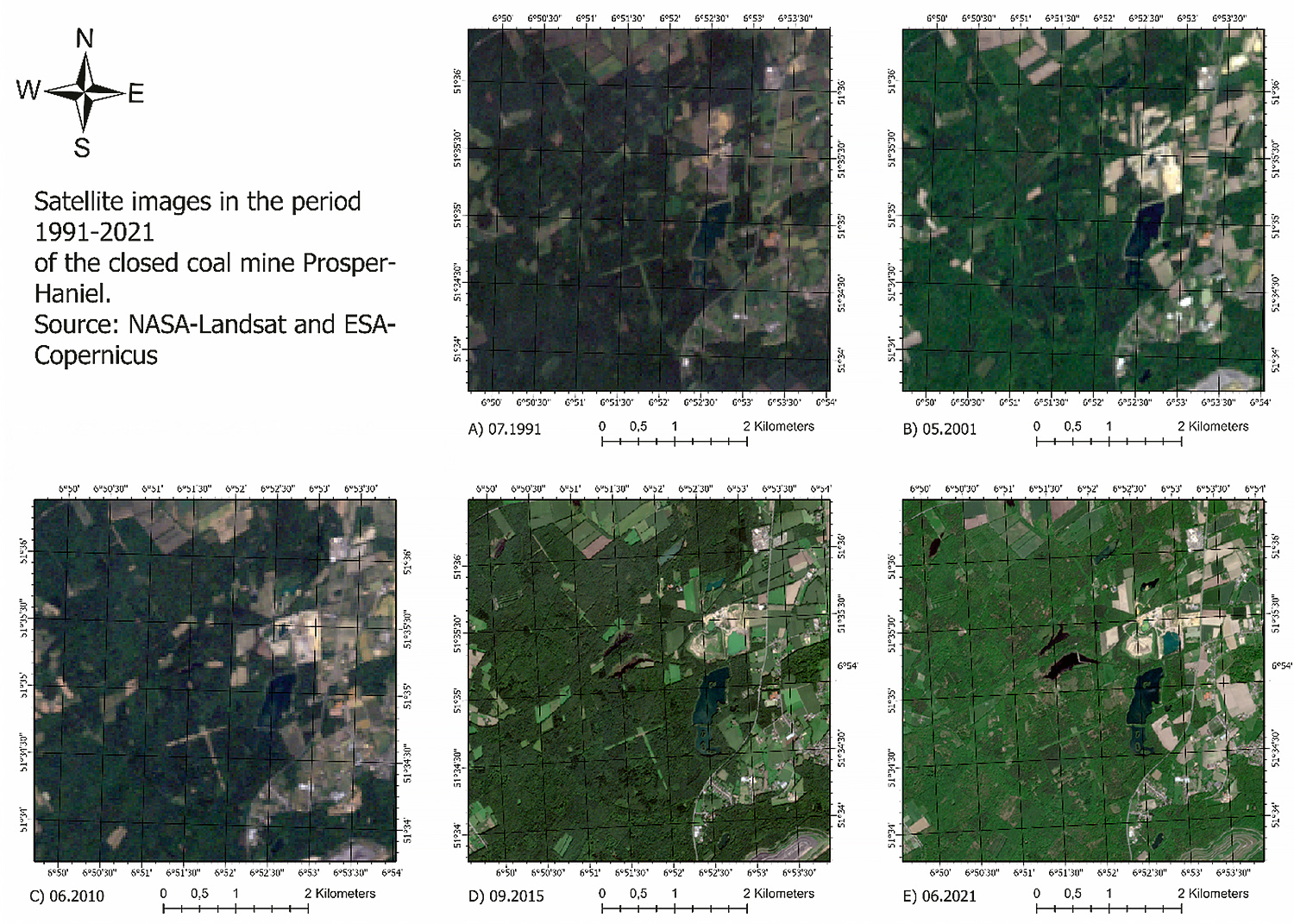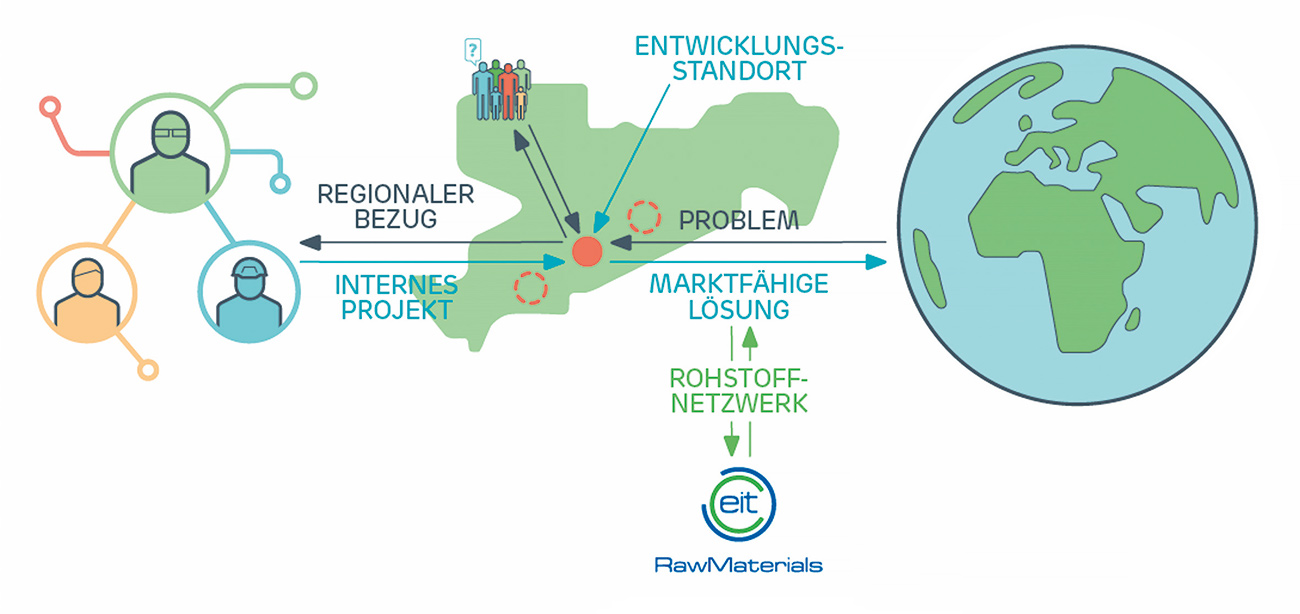When mining metals and industrial minerals it is inherent in the process that a certain proportion of the productive material will be left behind in the tailings. While these mineral residues, some of which are recyclable, were not the focus of attention at the time the minerals were being mined, they have more recently taken on growing significance, as in the case of rare-earth metals. With the international demand for raw materials growing, and the metal content of primary ores tending generally to decline, we are now seeing a continuous escalation in the quantity of material being disposed off in spoil tips. Enormous quantities of mining refuse from raw-materials extraction are now to be found in the spoil tips and tailing ponds of current and former mining countries and work has been … Read more
With my best regards // Mit freundlichem Glückauf
Dipl.-Ing. Andreas-Peter Sitte
Chief Editor Mining Report Glückauf, Essen
Tools for Change – How the EU Wants to Achieve the Coal Transition
The European Commission has been striving to initiate an EU-wide coal phase-out since the end of 2017 in the form of the initiative “Coal Regions in Transition”. The aim of the activities is to provide structural support to the EU’s coal regions during their move – the “transition” – away from coal. The initiative also represents a pioneering project on the path to climate neutrality in the EU and is intended to prove that no regions are left behind in and by the Community, not even the most CO2-intensive among them. In addition to special financial support from EU funds such as the Just Transition Fund, extensive conceptual assistance will be provided to European coal regions. The secretariat of the Coal Regions in Transition initiative has meanwhile provided various “toolkits”, a full collection of …Author: Prof. Dr. Kai van de Loo, Forschungszentrum Nachbergbau (FZN), Technische Hochschule Georg Agricola (THGA), Bochum
Read moreApplication of Modern Geo- and Environmental Monitoring Methods for the Sustainable Management of Geological Resources

Satellite images taken during 1991 to 2021 of the closed Prosper-Haniel colliery. Data provided by the Digital Twin project of the THGA. Source: THGA
Authors: Marcin Pawlik M. Sc., Dr.-Ing. Xiaoxuan Yin, Dr. rer. nat. Bodo Bernsdorf, Prof. Dr. rer. nat. Tobias Rudolph, Prof. Dr.-Ing. Peter Goerke–Mallet, Forschungszentrum Nachbergbau (FZN), Technische Hochschule Georg Agricola (THGA), Bochum
Read moreRisk Management of Abandoned Mines: 2020 and 2019 – Between Requirement Analysis and Expert Reports on the Impact Relevancy of Abandoned Mines

Outline map of the North Rhine-Westphalian municipalities that are managed as part of the mining authority’s risk management.Source: Bezirksregierung Arnsberg, Stand: 31.12.2020; Kartengrundlage © Geobasis NRW
Authors: Daniel Wagener M. Eng., BD a. D. Dipl.-Ing. Jürgen Rotter, AdM OBVR Martin Isaac M. Sc., Dezernat 63, Abteilung Bergbau und Energie in NRW, Bezirksregierung Arnsberg, Dortmund
Read moreMining Residues, Reprocessing and Related Projects at the BGR
Residues from the mining industry can be separated into waste rock, tailings and stockpiles. These different materials are usually stored separately from one another within the mine site. Where this has not been done – which is sometimes the case in older mines – the subsequent sorting and processing operation will most probably be very expensive, which often makes further reprocessing uneconomical. When extracting metals and industrial minerals from primary ores it is inherent in the process that a certain proportion of the valuable material will be left behind in the tailings. With growing international demand for raw materials and to recover partially the valuable metal content of primary ores, the quantity of mining residues is continuously increasing worldwide. The major mining countries are currently storing many billions of tonnes of mining waste …Authors: Dr. Herwig Marbler, Deutsche Rohstoffagentur (DERA) in der Bundesanstalt für Geowissenschaften und Rohstoffe (BGR), Berlin, Dr. Malte Drobe, Bundesanstalt für Geowissenschaften und Rohstoffe (BGR), Hannover
Read moreThe Hidden Potential of Contaminated Sites: Reprocessing Tailings for Use as a Secondary Source of Raw Materials
As part of the Eco Mining Concepts project, a German-Chilean network for more sustainable mining, the German-Chilean Chamber of Industry and Commerce (AHK Chile) organised a webinar on the topic of “The Hidden Potential of Contaminated Sites: Reprocessing Tailings for Use as a Secondary Source of Raw Materials”. The event featured presentations on Chile’s potential in this field, current challenges and initiatives and projects already in progress. Furthermore, approaches developed in Germany, Finland and Ireland were presented and possible applications in Chile were discussed. The initiative was funded by the Federal Ministry of Economics and Energy (BMWi). This article is a summary of the four presentations given during the webinar.Author: Dipl.-Ing. Andreas-Peter Sitte, Chefredakteur Mining Report Glückauf, Moers
Read morerecomine – Sustainable Recycling of Contaminated Mine Waste with a Combination of Environmental Technology, Resource Technology and Digitalization

The recomine vision: Internationally relevant and innovative solutions for the issue of contaminated sites are developed in local development sites and tested under real conditions. In the future, these sites are to be used as training and meeting locations that market the locally developed concepts worldwide, i. e. via pilot facilities. Source: HIF
Authors: Dipl. Geoök. Philipp Büttner, Dr. Jonathan Engelhardt, Helmholtz-Institut Freiberg für Ressourcentechnologie (HIF), Freiberg
Read moreMineralogical and Micro-Mechanical Characterization of Slags – Investigated on the Example of a MnSiFe Slag from Electric Arc Furnace

Microscope images of different phases and textures of the bulk sample: a. MnSiFe(x) phase, partially disseminated in the matrix; b. round inclusions of different sizes; c. round inclusions and homogeneous fragments. Source: IART
Authors: Dipl. Geol. Arturo H. Bravo, Dr.-Ing. Oleg Popov, Prof. Dr.-Ing. Holger Lieberwirth, Institut für Aufbereitungsmaschinen und Recycling-Systemtechnik (IART), TU Bergakademie Freiberg, Freiberg
Read more
















